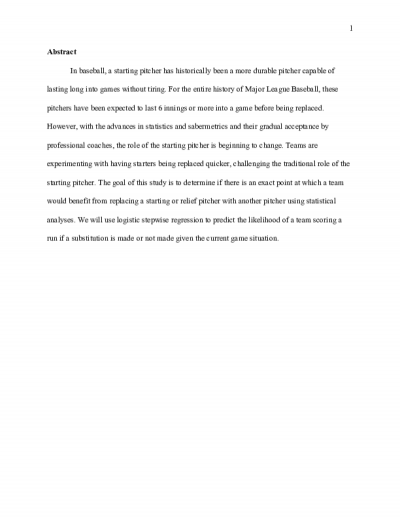Rigorous Proofs of Old Conjectures and New Results for Stochastic Spatial Models in Econophysics

Description
This dissertation examines six different models in the field of econophysics using interacting particle systems as the basis of exploration. In each model examined, the underlying structure is a graph G = (V , E ), where each x ∈ V represents an individual who is characterized by the number of coins in her possession at time t. At each time step t, an edge (x, y) ∈ E is chosen at random, resulting in an exchange of coins between individuals x and y according to the rules of the model. Random variables ξt, and ξt(x) keep track of the current configuration and number of coins individual x has at time t respectively. Of particular interest is the distribution of coins in the long run. Considered first are the uniform reshuffling model, immediate exchange model and model with saving propensity. For each of these models, the number of coins an individual can have is nonnegative and the total number of coins in the system is conserved for all time. It is shown here that the distribution of coins converges to the exponential distribution, gamma distribution and a pseudo gamma distribution respectively. The next two models introduce debt, however, the total number of coins again remains fixed. It is shown here that when there is an individual debt limit, the number of coins per individual converges to a shifted exponential distribution. Alternatively, when a collective debt limit is imposed on the whole population, a heuristic argument is given supporting the conjecture that the distribution of coins converges to an asymmetric Laplace distribution. The final model considered focuses on the effect of cooperation on a population. Unlike the previous models discussed here, the total number of coins in the system at any given time is not bounded and the process evolves in continuous time rather than in discrete time. For this model, death of an individual will occur if they run out of coins. It is shown here that the survival probability for the population is impacted by the level of cooperation along with how productive the population is as whole.
Date Created
The date the item was original created (prior to any relationship with the ASU Digital Repositories.)
2019
Agent
- Author (aut): Reed, Stephanie Jo
- Thesis advisor (ths): Lanchier, Nicolas
- Committee member: Smith, Hal
- Committee member: Gumel, Abba
- Committee member: Motsch, Sebastien
- Committee member: Camacho, Erika
- Publisher (pbl): Arizona State University








